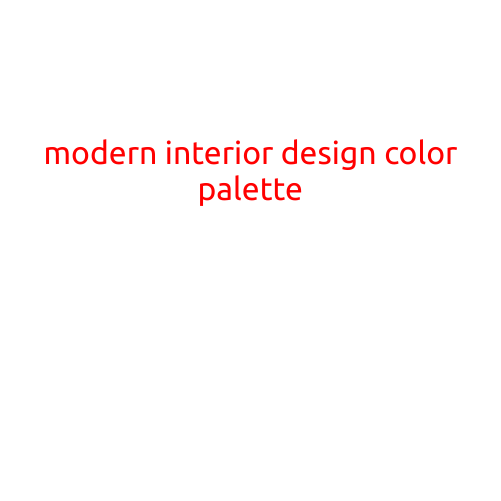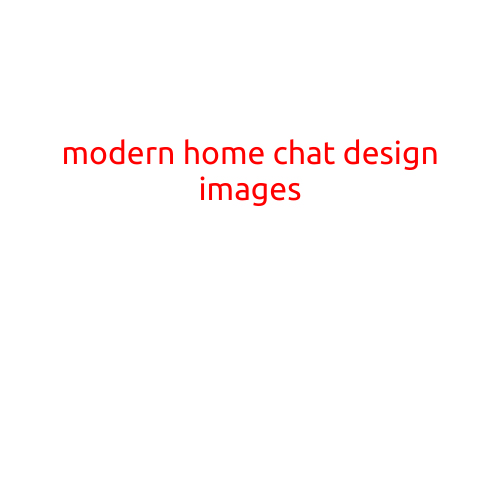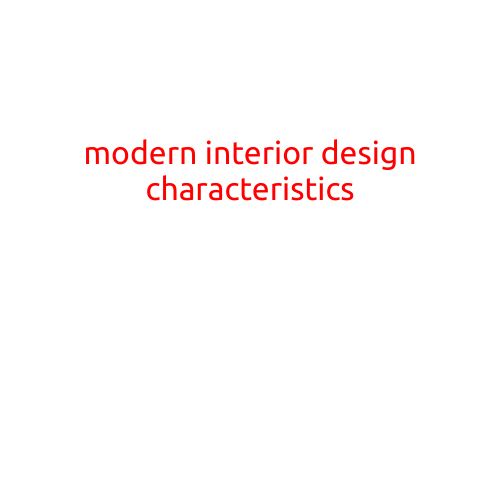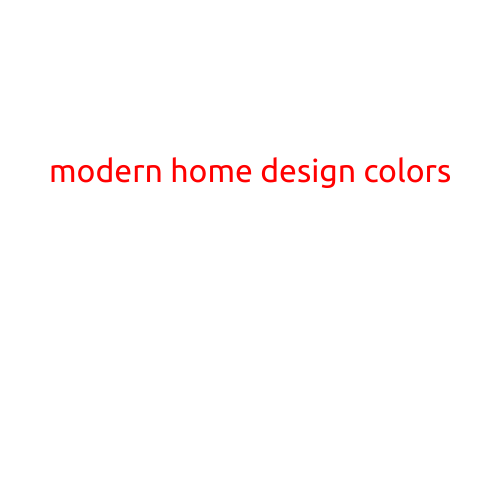
Modern Interior Design Concept
In recent years, the world of interior design has undergone a significant transformation, moving away from traditional styles and embracing modern concepts that prioritize functionality, sustainability, and aesthetics. The modern interior design concept is all about creating a harmonious balance between form and function, where every element serves a purpose and contributes to the overall visual appeal of the space.
In this article, we’ll delve into the key elements of modern interior design, exploring the top trends and ideas that can help you create a stylish and functional living space.
1. Minimalism
Modern interior design is all about simplicity and minimalism. The focus is on clean lines, empty walls, and a limited color palette. This approach allows the eye to roam freely, creating a sense of openness and spaciousness. By removing clutter and unnecessary elements, the space becomes more serene and peaceful.
2. Sustainable Materials
The modern design concept prioritizes sustainability, opting for eco-friendly materials that minimize environmental impact. Reclaimed wood, bamboo, and recycled glass are just a few examples of the materials that can add a touch of sophistication and responsibility to your space.
3. Technology Integration
Modern interior design is heavily influenced by technology, with smart homes and seamless connectivity becoming the norm. Lighting, temperature, and music controls are now integrated into a single system, allowing you to control your environment with ease.
4. Mono-Chromatic Color Scheme
Monochromatic colors are a staple of modern interior design, as they create a sense of cohesion and visual flow. Shades of white, gray, and beige are popular choices, which can be mixed and matched with bold accents to add personality to the space.
5. Natural Light
Maximizing natural light is essential in modern interior design. Large windows, skylights, and sliding glass doors help to bring in the outdoors, creating a sense of connection and artificiality.
6. Geometric Shapes
Geometric shapes have made a significant comeback in modern interior design, adding visual interest and visual appeal to the space. Triangles, circles, and hexagons can be used in a variety of ways, from furniture design to decorative elements.
7. Textured Elements
Textures play a crucial role in modern interior design, add depth and visual interest to the space. Mixing different textures, such as smooth, rough, and linen, creates a tactile experience that invites exploration.
8. Statement Lighting
Statement lighting is a key element of modern interior design, as it adds a touch of drama and sophistication to the space. Unconventional fixtures, such as pendant lights and chandeliers, can elevate the design and create a unique focal point.
9. Flexible Spaces
The modern interior design concept emphasizes flexibility, with spaces designed to adapt to different purposes. Multi-functional furniture and modular layouts allow for easy rearrangement, making it simple to adjust the space to suit your needs.
10. Human Connection
Finally, modern interior design is all about creating a sense of human connection. The focus is on creating a warm and welcoming environment that invites social interaction and comfort. By incorporating elements that promote a sense of community, such as cozy seating areas and shared dining spaces, you can foster meaningful connections with others.
In conclusion, modern interior design is all about embracing simplicity, sustainability, and functionality. By incorporating these key elements, you can create a space that is both aesthetically pleasing and practical, perfect for exploring, living, and thriving.





